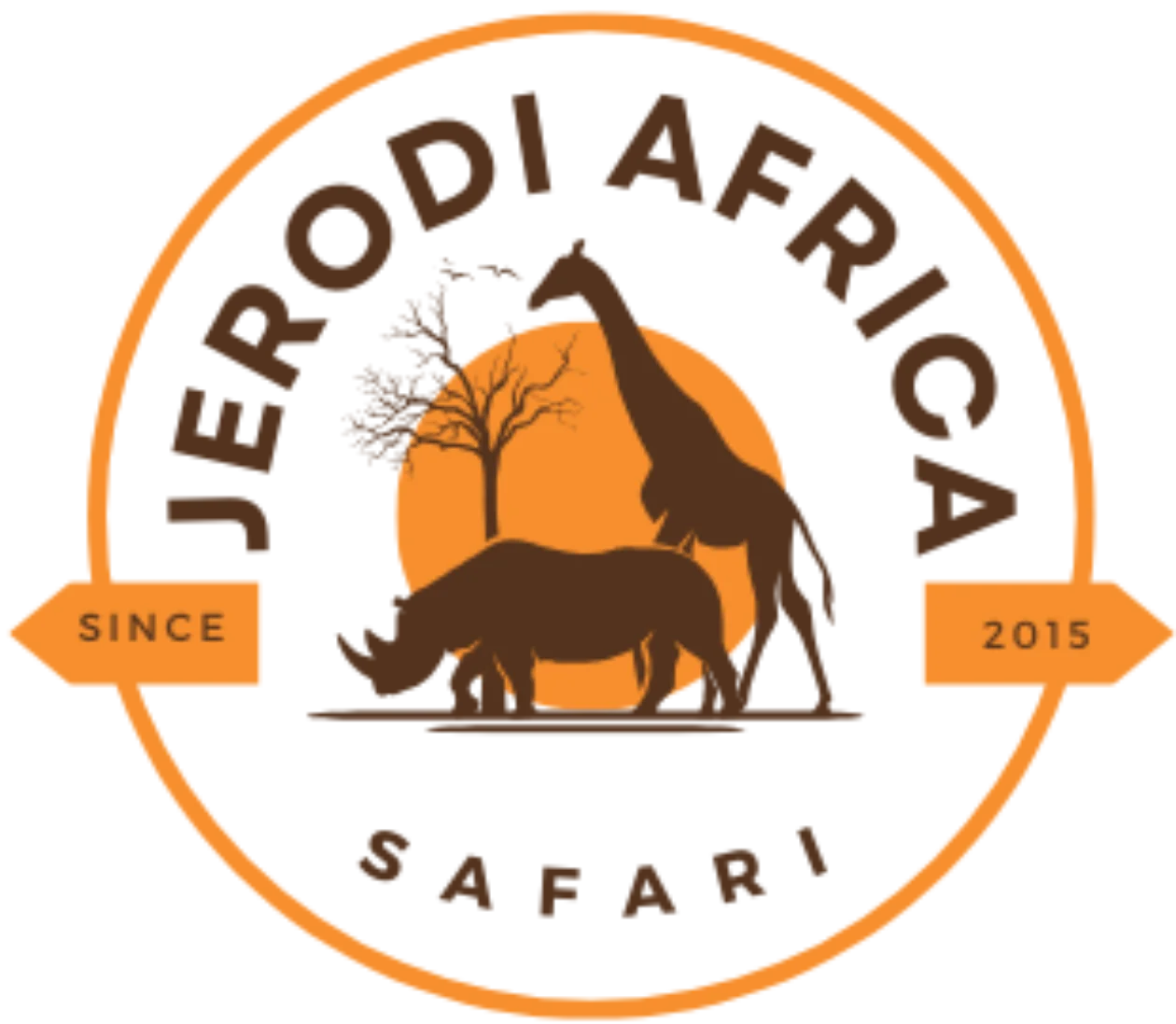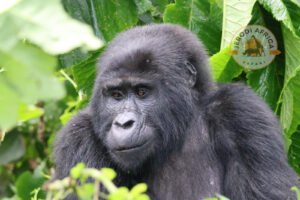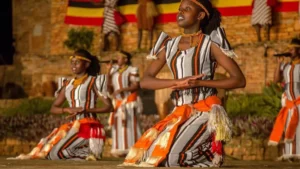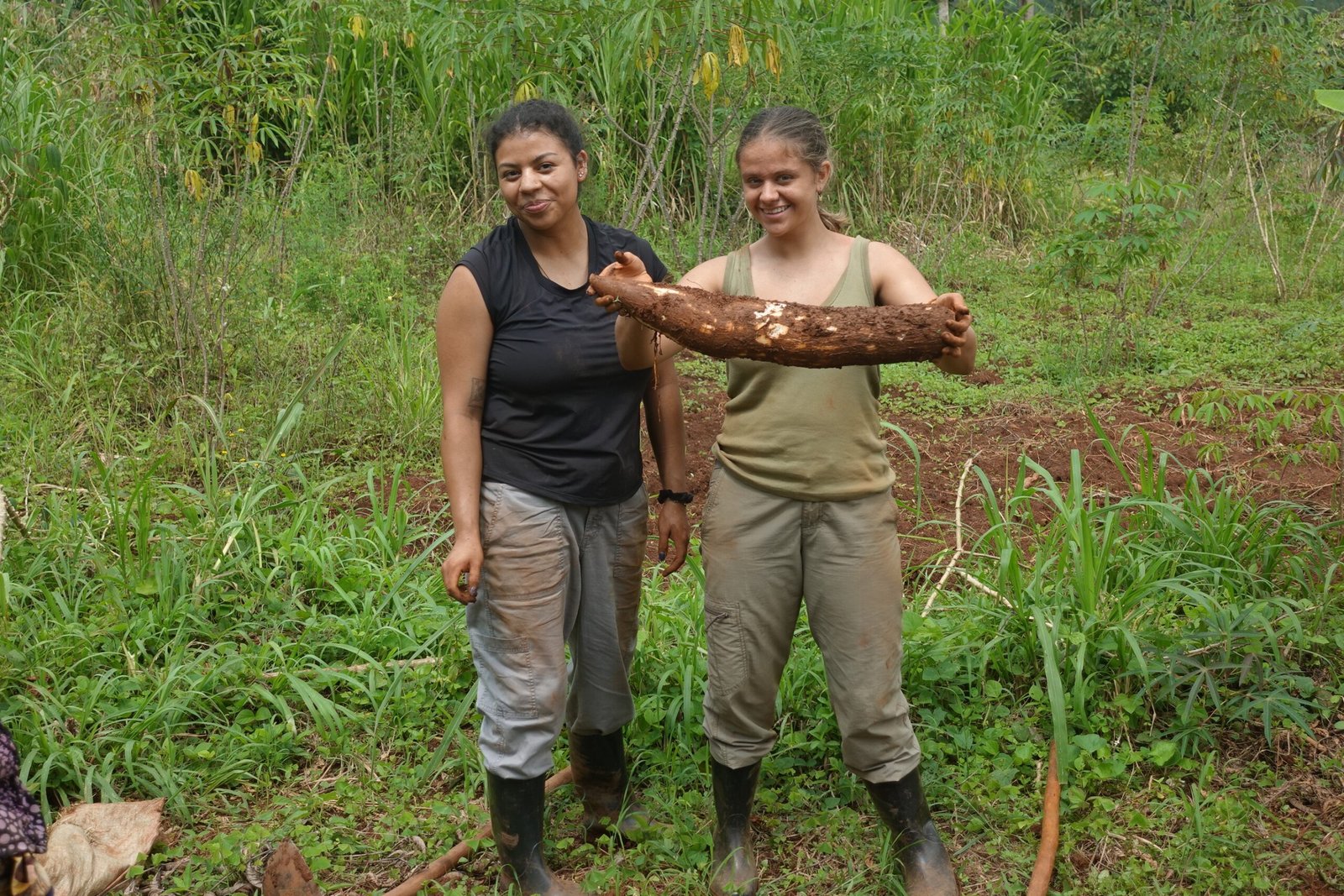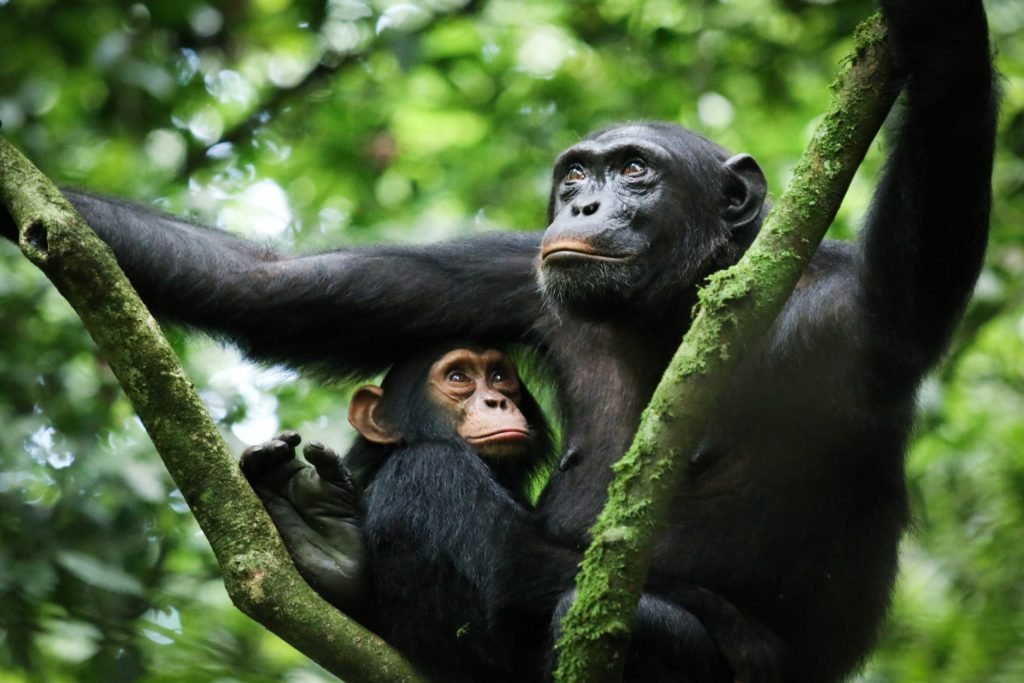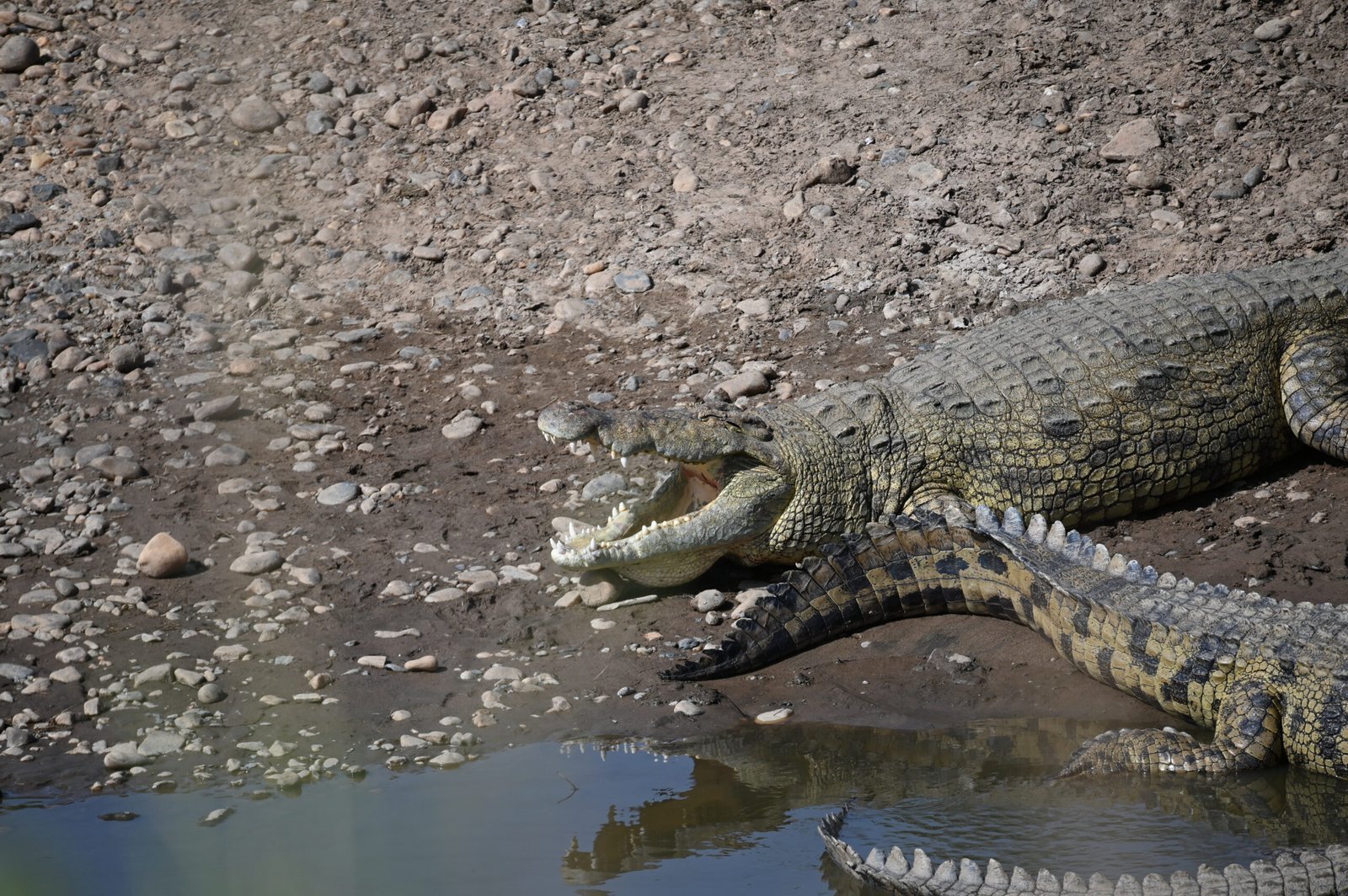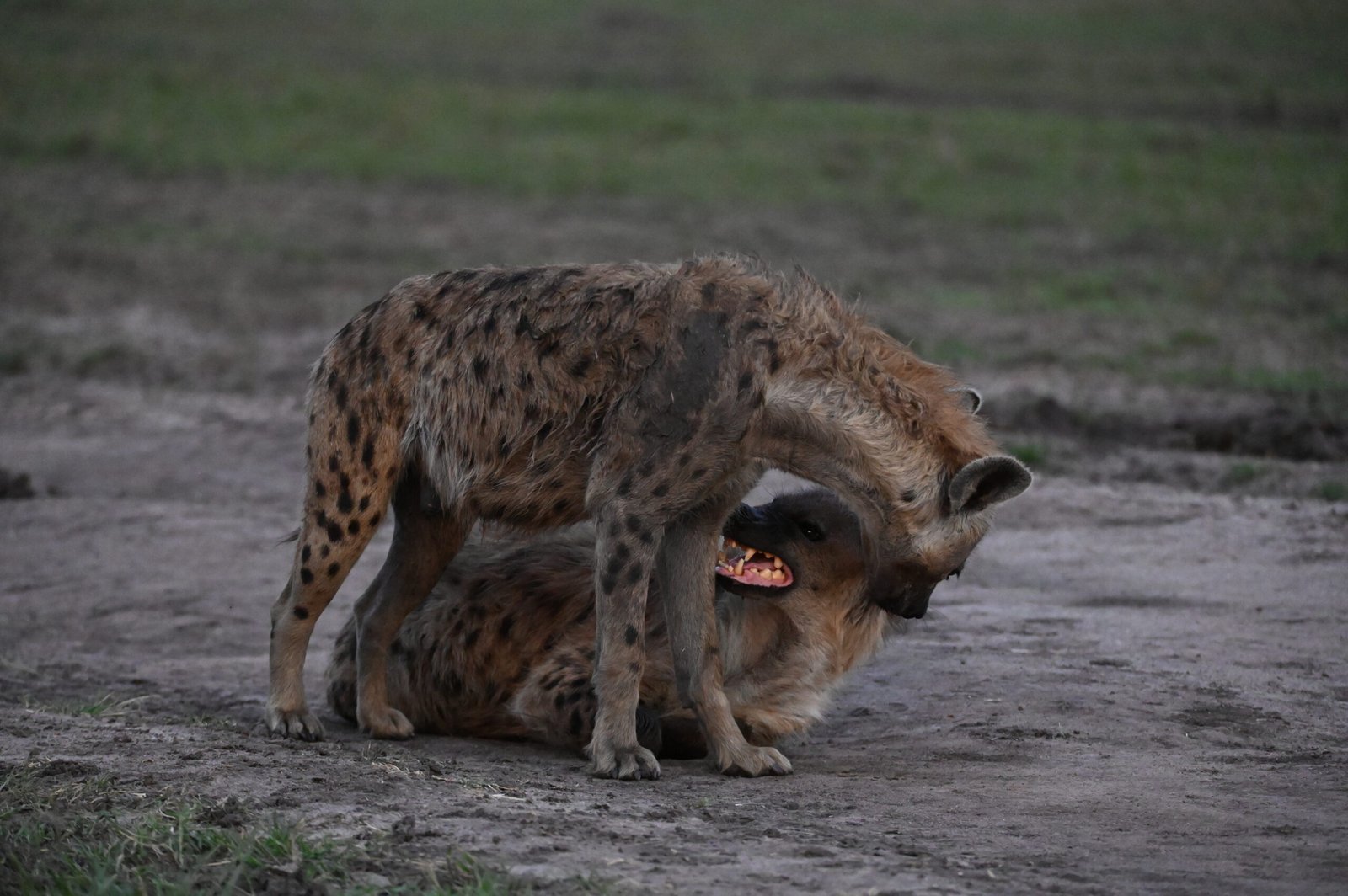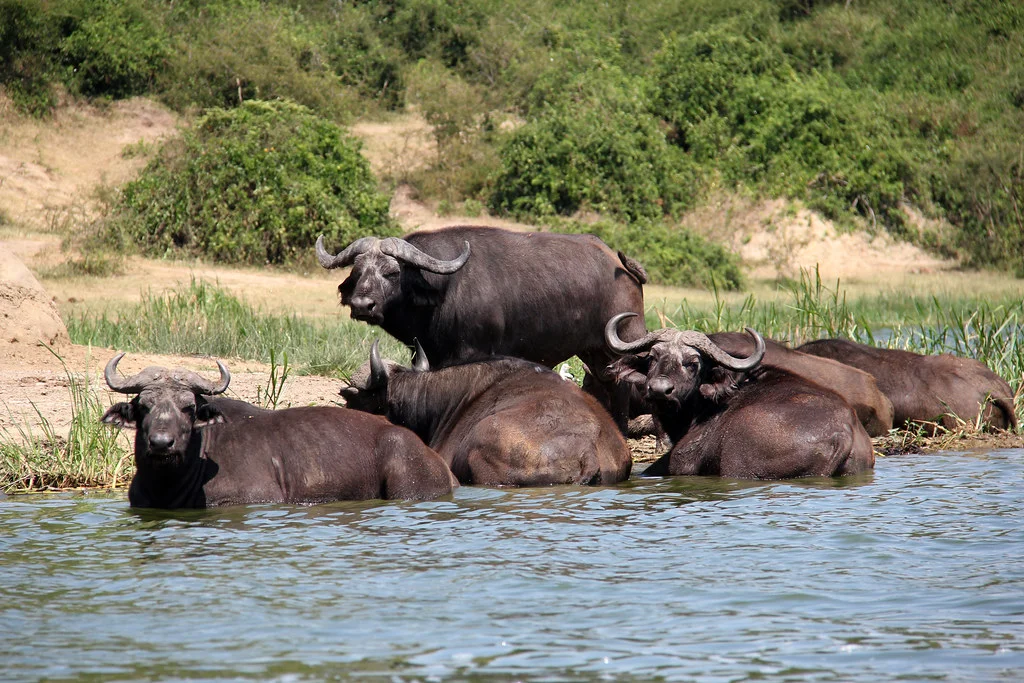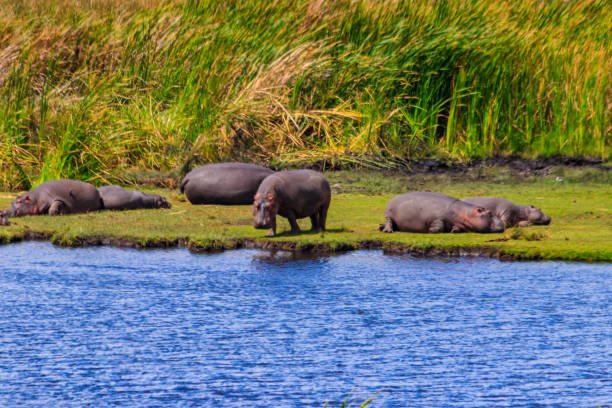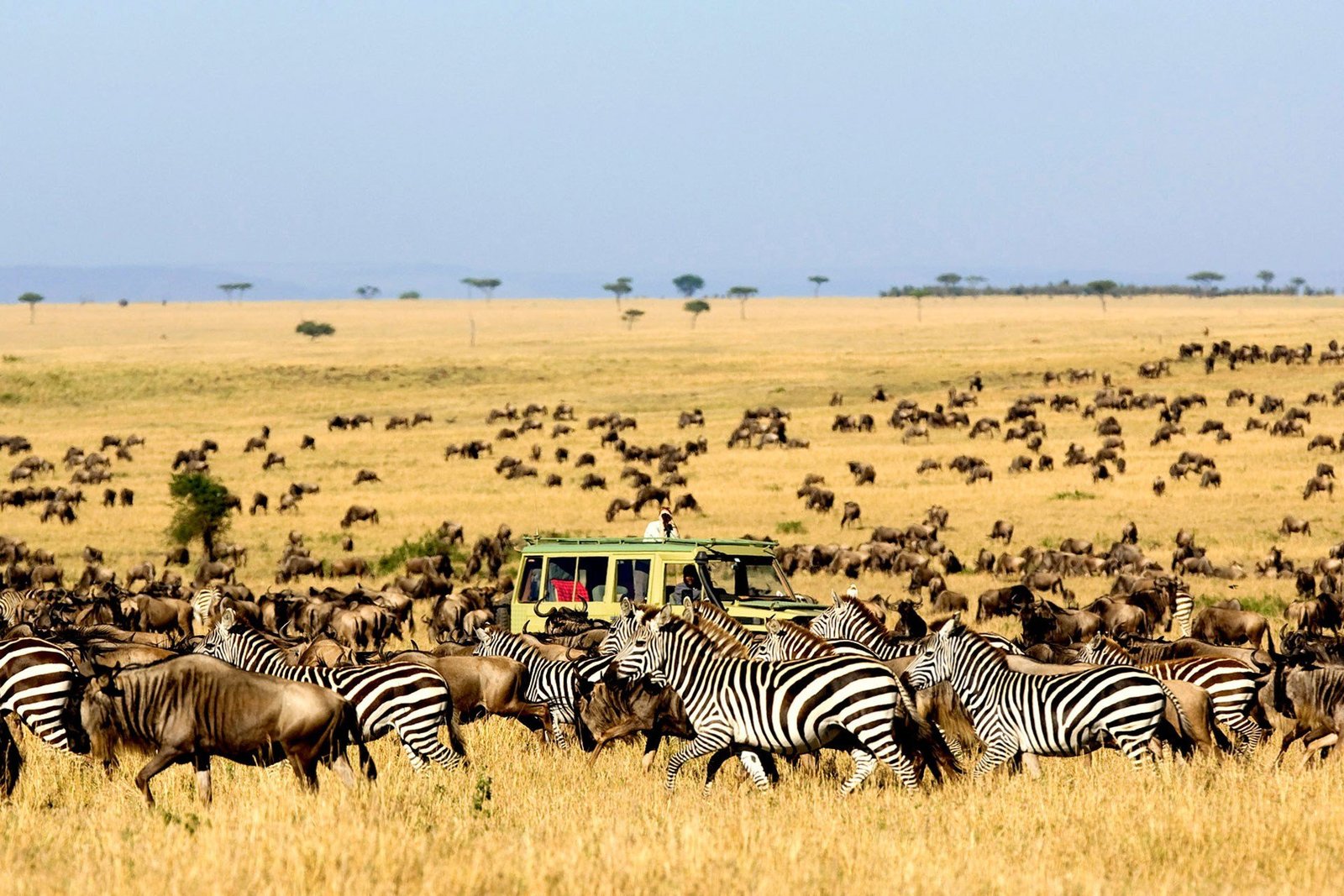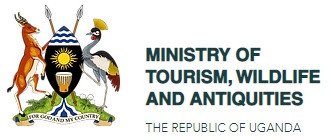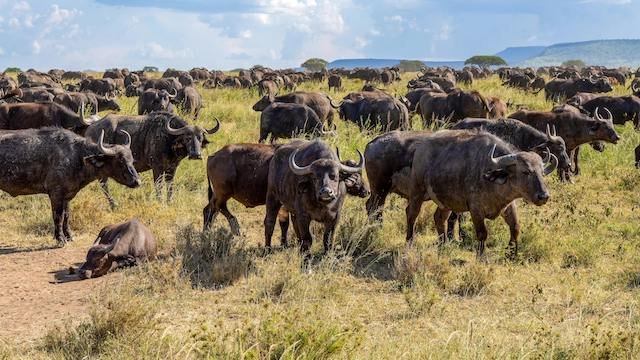
Introduction:
Buffalo in Uganda national parks are one of the most iconic and powerful inhabitants of Uganda’s wilderness. Known for their strength, unpredictable behavior, and impressive herds, African buffalo (Syncerus caffer) are a key attraction for tourists and conservationists alike. These remarkable creatures roam freely across Uganda’s major savannah national parks, contributing significantly to the ecosystem and wildlife tourism.
Types of Buffalo in Uganda National Parks
Uganda is home to the Cape buffalo (Syncerus caffer caffer), the largest and most common subspecies of African buffalo. Distinguished by their curved horns and massive build, Cape buffaloes are well-adapted to grassland and woodland habitats. A smaller, forest-dwelling subspecies known as the forest buffalo (Syncerus caffer nanus) can occasionally be spotted in more forested areas like Semuliki and Bwindi Impenetrable National Park. See the price of 3-Day Uganda National Park Tour
Physical Characteristics and Lifespan
Buffaloes are robust animals with dark brown to black coats. Males are larger than females, often weighing between 500 to 900 kilograms. Their horns are a notable feature, curving backward then upward to form a formidable weapon. Buffaloes live up to 20-25 years in the wild, with some reaching over 30 years in protected reserves.
Breeding Season and Gestation
Breeding in buffaloes typically peaks in the rainy season, when food is abundant. However, mating can occur year-round. After mating, the female undergoes a gestation period of around 11 months and usually gives birth to one calf. Calves can stand and walk shortly after birth and are nursed for up to a year. See the price of 3-Day Uganda National Park Tour
Behavior and Social Structure of Buffalo in Uganda National Parks
Buffaloes are social animals, living in large herds that can range from a few dozen to hundreds. These herds provide protection against predators such as lions. Males often form bachelor groups or stay on the periphery of the herd. Buffalo are known for their strong memory and cooperative defense tactics, often returning to aid a member under attack.
They are highly protective and can be aggressive if threatened. Their unpredictability makes them one of the most dangerous animals in Africa.
Feeding Habits of Buffalo in Uganda National Parks
Buffaloes are primarily grazers, feeding on grasses, herbs, and occasionally shrubs. They require daily access to water, which influences their movement and habitat choices. During dry seasons, herds may travel long distances in search of food and water.
Buffalo Population in Uganda National Parks
According to the Uganda Wildlife Authority, Uganda is home to thousands of buffaloes spread across several national parks. Queen Elizabeth National Park, Murchison Falls National Park, and Kidepo Valley National Park boast the largest populations. Lake Mburo and Semuliki also have notable numbers, especially of the forest buffalo.
Where to Find Buffalo in Uganda
Buffaloes are found in almost every savannah park in Uganda:
- Queen Elizabeth National Park: Large herds roam the Kasenyi plains and Mweya peninsula.
- Murchison Falls National Park: Frequently seen near the Nile River and Buligi game tracks.
- Kidepo Valley National Park: Offers some of the most dramatic sightings in the Narus Valley.
- Lake Mburo National Park: Home to smaller herds, often spotted near Lake Mburo.
- Semuliki and Bwindi: Occasional sightings of the forest buffalo in the denser regions.
They thrive in these parks due to the abundance of grazing grounds, water sources, and effective conservation measures.
Conservation Status
African buffaloes are listed as “Least Concern” on the IUCN Red List, but their populations are under pressure from habitat loss, disease, and poaching. Uganda Wildlife Authority has implemented strict anti-poaching laws, veterinary support, and community education programs to protect buffalo populations.
Eco-tourism revenue also supports conservation initiatives, providing incentives for local communities to preserve wildlife. See the price of 3-Day Uganda National Park Tour
Safety Tips: What to Do If a Buffalo Charges
Buffaloes can be extremely dangerous when provoked or surprised. If you encounter a charging buffalo during a safari:
- Stay calm and avoid sudden movements.
- Do not run – this may trigger a chase.
- Seek cover behind a large tree or vehicle if possible.
- Follow your guide’s instructions carefully at all times.
Most importantly, maintain a safe distance and avoid blocking their path or approaching calves.
Importance in the Ecosystem
Buffalo play a vital role in Uganda’s ecosystems. As grazers, they help manage grassland vegetation and support other species that rely on short grass. Their presence also sustains predator populations, especially lions and hyenas.
Interesting Facts About Buffalo
- A buffalo’s memory is so strong, they can remember past threats and locations.
- They have a hierarchy system in herds, with dominant females often leading.
- Buffalo wallow in mud to cool off and protect against parasites.
Internal and External Links
For more on Uganda wildlife, see our Uganda Safari Tour Packages.
Related Article: African Lion In Uganda National Park, Leopard in Uganda National Park
Read more from the Uganda Wildlife Authority about conservation efforts. See the price of 3-Day Uganda National Park Tour
